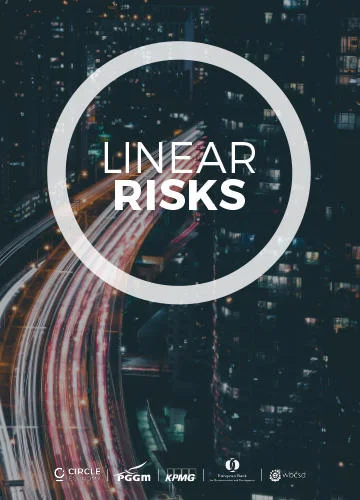
Published
05 June, 2018Type
PublicationManaging risk is a core part of the investment process for financiers, and a key factor to their stability and long-term growth. However, companies that continue to operate in a linear economic ‘take-make-waste’ approach and the financial institutions that invest in these businesses are exposed to a variety of risks that are mostly overlooked and are missing in traditional risk evaluation approaches.
We will refer to these missing risk factors as ‘Linear Risks’, the exposure to the effects of linear economic business practices – utilise scarce and non-renewable resources; prioritise sales of virgin products; fail to collaborate; and fail to innovate or adapt – which will negatively impact an organisation’s ability to continue as a going concern.
If unresolved, these risks could have a substantial effect on the financial industry and the global economy in the future through unanticipated losses.
This essay seeks to highlight the risks of linear economic business models and enable the financial and business community to recognise them and account for them in their investment decisions. The ‘Linear Risks’ Matrix in this paper presents an initial guiding framework for investors to identify their portfolio’s exposure to the effects of linear economic business practices and for businesses to understand such risks in their operations.
We welcome interested parties in the financial and business community to join us in further research to refine the concept of ‘Linear Risks’ and the ‘Linear Risks’ Matrix framework. Subsequent research can enable the development of risk assessment tools and scenario-based models that not only try to quantify ‘Linear Risks’, but also identify the mitigation impacts of circular economy strategies.
